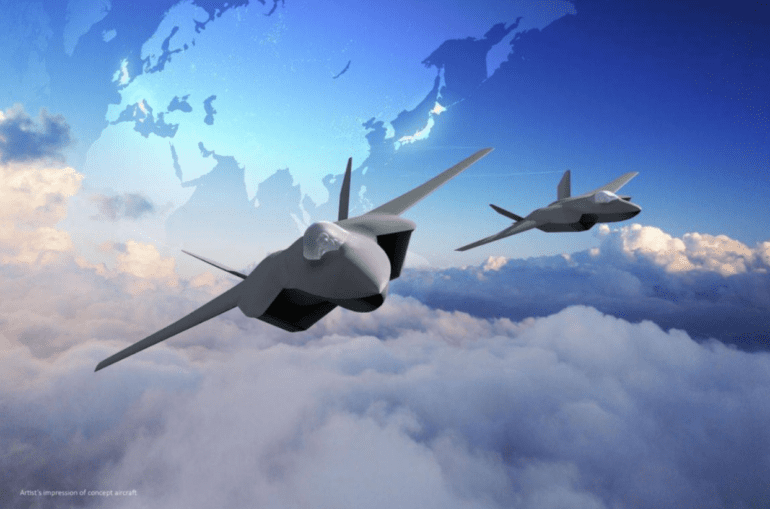TL;DR:
- Japan and the US are collaborating on AI research for drones to complement Japan’s future fighter jet.
- The partnership aims to revolutionize airborne combat using AI and machine learning in unmanned air vehicles (UAVs).
- AI-developed in this joint research will enhance UAV capabilities alongside Japan’s next-gen fighter aircraft.
- The initiative bolsters defense cooperation between the two nations, even though the US is not part of Japan’s fighter jet project.
- These AI-powered drones will collect crucial data while flying alongside fighter jets.
- Japan’s partnership with Britain and Italy for the fighter jet program is a significant move, marking its first defense collaboration outside the US
Main AI News:
In a strategic partnership aimed at advancing the capabilities of their respective defense forces, Japan and the United States have embarked on a collaborative journey into the realm of artificial intelligence (AI). Their mutual goal is to harness the power of AI in the development of cutting-edge drones that will operate in conjunction with Japan’s forthcoming next-generation fighter jet.
Japan’s ambitious plan involves co-developing a state-of-the-art fighter aircraft by 2035, in collaboration with Britain and Italy. While the United States is not directly involved in this fighter jet project, it has been proactive in strengthening its defense ties with Japan, particularly in the domain of autonomous systems.
The focal point of this joint AI initiative is to “revolutionize airborne combat by seamlessly integrating state-of-the-art artificial intelligence and machine learning with advanced unmanned aerial vehicles (UAVs),” as stated in a press release by the US Air Force. The recently signed agreement underscores the pivotal role AI will play in enhancing the capabilities of UAVs that will operate alongside Japan’s forthcoming fighter aircraft. This collaboration is seen as essential for preserving and enhancing the technological advantages enjoyed by the Japan-US alliance.
One notable application of these AI-powered drones is their ability to gather critical data by flying in close proximity to fighter jets. This capability promises to enhance the overall situational awareness and effectiveness of these aerial platforms.
This endeavor is part of a broader context, as the three-way fighter jet development agreement, reached in December 2022, reinforces the United States’ support for Japan’s defense collaboration with its NATO partners, Britain and Italy. Japan finds itself navigating a complex security landscape, particularly in the face of an increasingly assertive China. Initially, Tokyo had contemplated collaboration with US defense firms for its new fighter jet program but opted for alternative partners due to stringent US regulations regarding information confidentiality.
Japan’s objective is to develop a successor to its F-2 aircraft, while Britain and Italy are committed to replacing their Eurofighter jets. Significantly, this fighter jet program marks Japan’s first-ever joint defense equipment development initiative with a country other than the United States. The collaborative efforts between these nations hold great promise for the future of airborne combat and defense capabilities in the Asia-Pacific region.
Conclusion:
The collaboration between Japan and the United States in AI-driven drone technology signifies a strategic move to enhance defense capabilities. By integrating advanced AI and machine learning into unmanned aerial vehicles, this partnership not only strengthens their bilateral relationship but also underscores the importance of technological innovation in the evolving landscape of military operations. This development highlights the growing relevance of AI in defense and positions the involved parties to potentially play a leading role in shaping the future of airborne combat capabilities in the global market.

